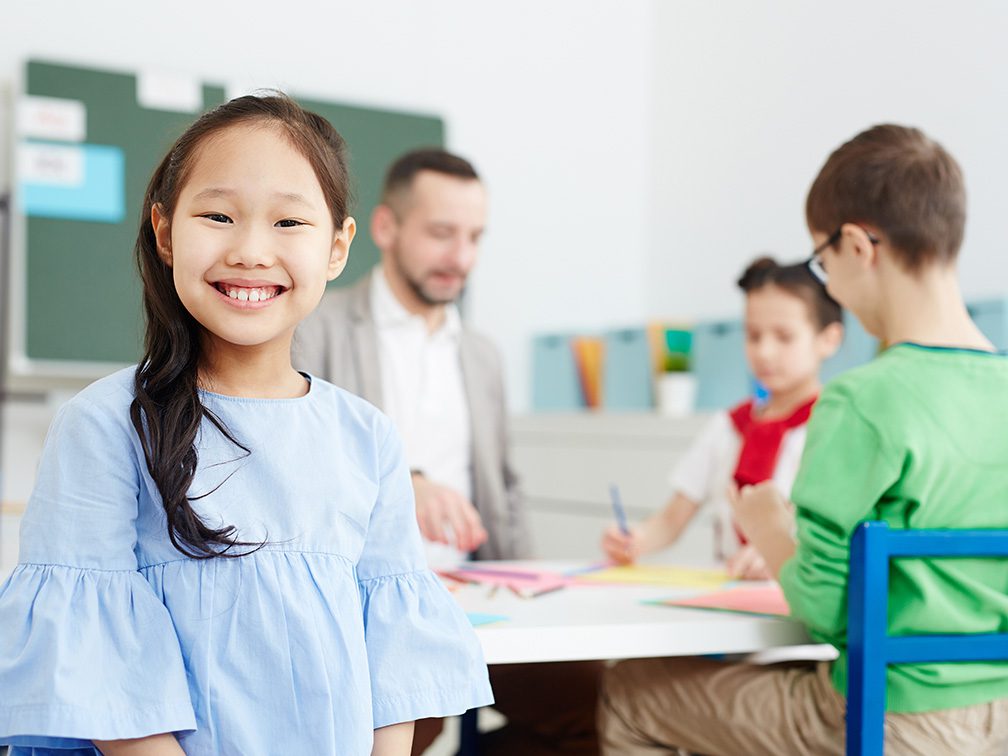Setting Up Your Home for ABA Therapy

It is both extremely common and useful to have ABA therapy occur in your home as part of your child’s program. Your child will use the skills they learn in their behavioural therapy sessions in their everyday life around your home, so teaching these skills at home creates a brilliant and lasting foundation for these skills.
A good set-up is essential to allow your child to thrive and to get the most out of their home therapy sessions. Here are a few helpful and handy tips on how to create a safe, motivating, and enriched environment in your home to set your child up for success!
Safety first
Keeping your child and their therapist safe during ABA therapy sessions is the top priority. Your child’s therapy room or space should be free of any safety hazards such as sharp or easily breakable objects (e.g., vases), climbing hazards or extra clutter. It should be clean, well-ventilated and have good lighting. If your child’s program involves being in your garden, please ensure that the garden is free of hazards such as power tools, gardening tools or obstructions; and that swings and trampolines are fitted with the appropriate safety accommodations, for example, a net on a trampoline to prevent your child from falling off.
Therapy room
Set up a designated area in your home for ABA therapy. Ideally, this will be a spare room that can be set up as a permanent spot for ongoing behavioural therapy sessions. If this isn’t possible, setting up a designated corner of a room in a quiet area in your house may also work, although we strongly recommend the first option. The goal is to create a space where your child is motivated to learn and not easily distracted by other things going on in your house – your house shouldn’t pause for therapy, that’s why having a separate space is so important! Your therapy room should contain a table and two chairs that are an appropriate size for your child. It should also contain a beanbag or relaxing area, storage for materials and whatever else your child needs (e.g., small trampoline or other sensory items).
Toys and storage
Your Behaviour Support Specialist will speak with you about what “therapy toys” and materials your child will need for behavioural therapy sessions. As programs are individualised, this will differ from child to child, but in general these are toys that are highly motivating to your child. These materials should be neatly organised into storage drawers in the therapy room.
Simple toy storage can be found at places such as IKEA (Kids Toy Storage Boxes, Chests & Bins – IKEA). It is essential that “therapy toys” are used for therapy sessions only and stored away between sessions; this is so your child will be super motivated to engage in therapy and learn along the way! It can be helpful to have a drawer with a spare change of clothes, underwear, nappies, socks, coat, etc. for your child, so that your therapist can quickly change your child if they get messy during play or are going outside. Having snacks for your child in a sealed lunchbox is also useful.
During ABA therapy
Ideally, we want to create a space that your therapist and child can work in without interruption for the behavioural therapy session. If you have pets or other children at home, try to ensure that they avoid the therapy session while ABA therapy is ongoing. It is totally normal that they may be interested in what is going on, but this can eat into teaching time. Please feel free to observe any part of your child’s therapy session; however, if you are observing, try not to interrupt. Your child’s therapist will give you a brief summary of the session once it has ended and at this point you can ask any questions or raise any concerns.
Information for your therapist
Please let your therapist know where you prefer them to park, the toilet that your child uses and where you are happy for them to go in the house during ABA therapy. There is no need to offer your therapist food or snacks before, after or during sessions, they are solely there to work with your child and will be focused on this! Your therapist will need access to an iPad/tablet device and WIFI to collect data during the therapy session. Please ensure that this is charged before the behavioural therapy session. You will need to be present in your home while ABA therapy is in session, please let your therapist know where they will be able to find you if they need something.
Before ABA therapy begins
Your therapist will leave your therapy room tidy before they leave, please ensure it is tidy and well organised before they arrive so that they can start therapy straight away! Ensure that your child is ready for their behavioural therapy session. This may differ depending on their program but in general that your child is awake, dressed, has eaten, has a clean nappy, (if applicable) their AAC device is fully charged, and they are not actively engaged with a high reinforcer when their therapist arrives.
Published On : February 1, 2023
Read more
Published On : February 1, 2023
We hope that some of these tips and strategies for ABA in school will help your child’s transition into the next chapter of their lives!
Published On : March 24, 2023
River, one of our clinicians in Brisbane shares their story of how they planned and prepared and worked with their child to go out and be successful in the world, and how this experience informs their practice at Lizard.


